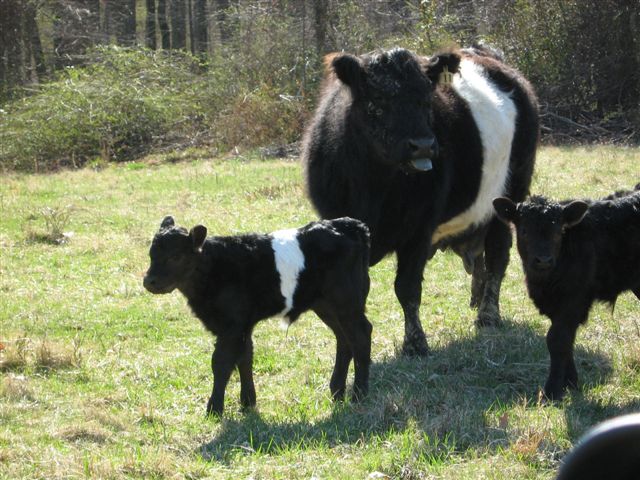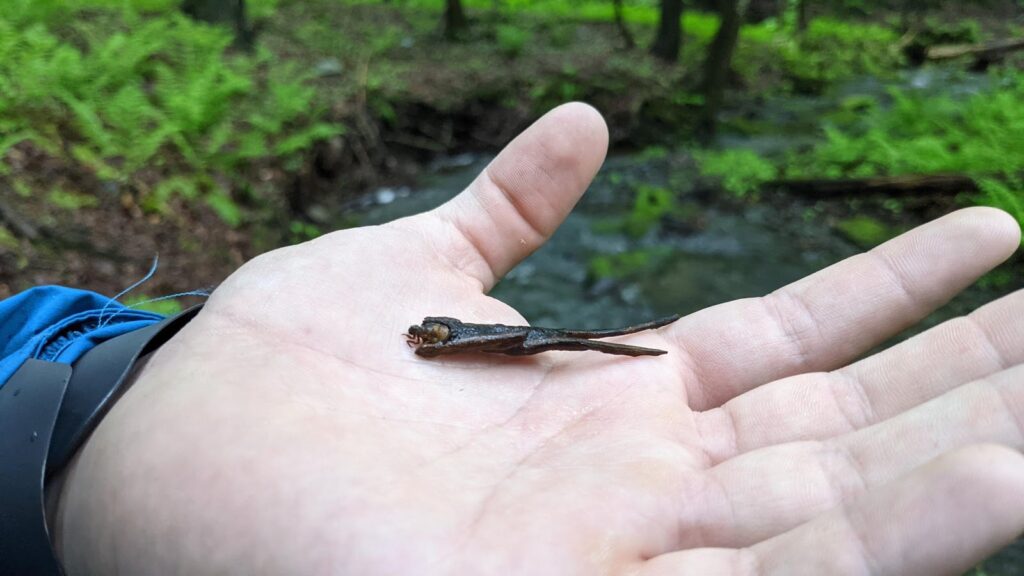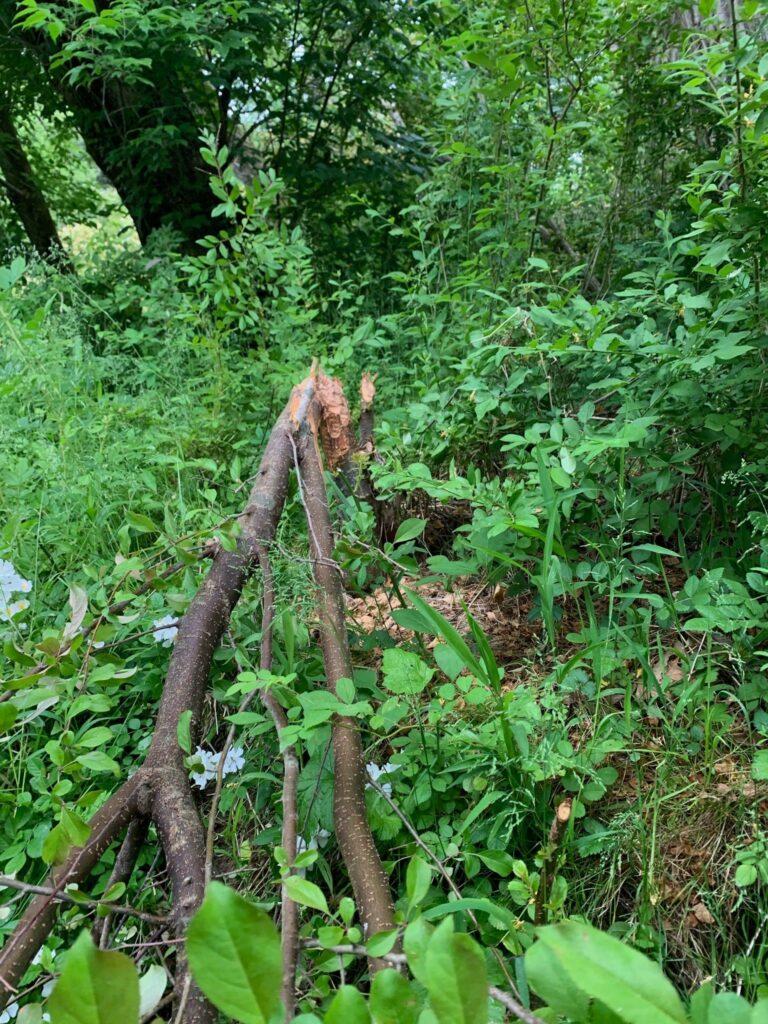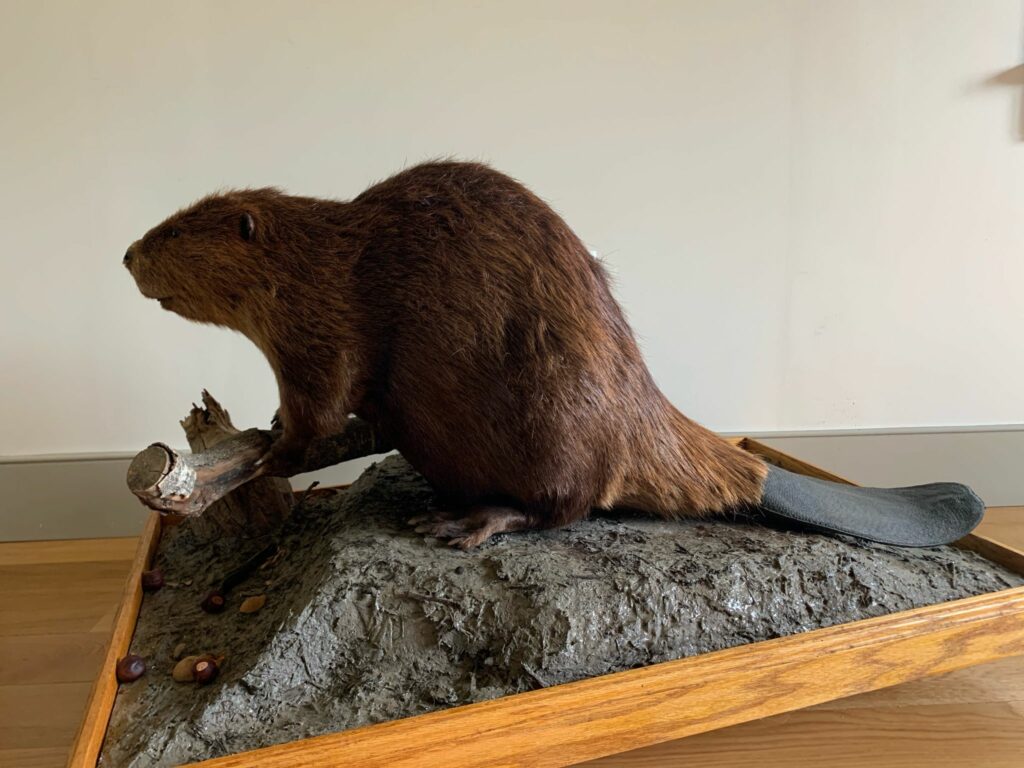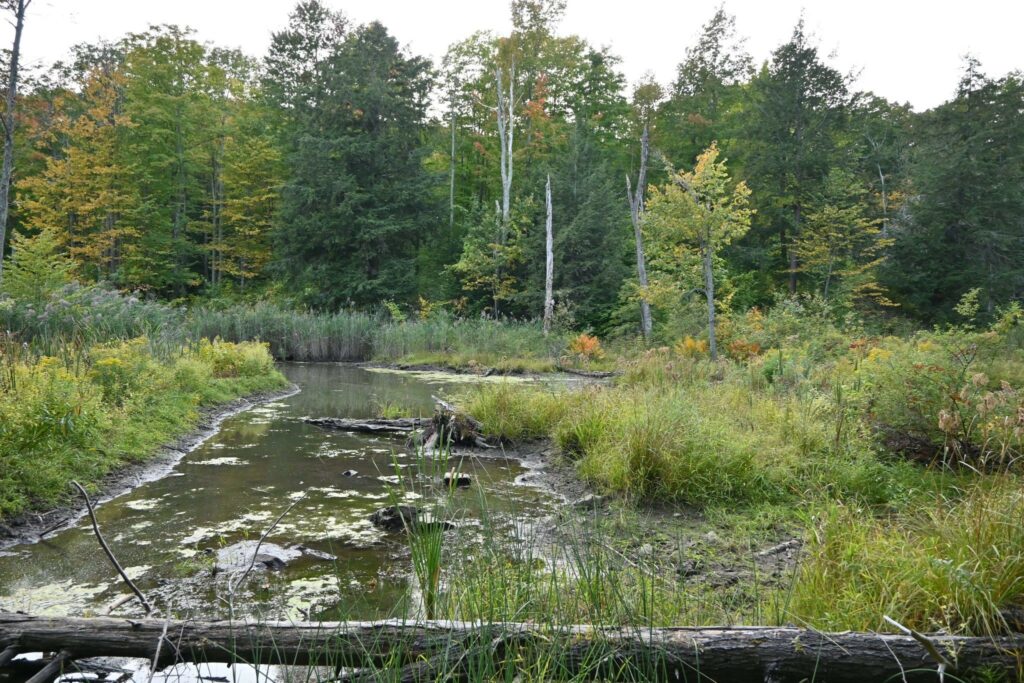Watch
- A Plastic Ocean | You may remember this documentary from our film presentation – it’s now available on Netflix!
- Plastic Ocean Documentaries | A series of short films highlighting plastic pollution around the world
Read
- How to Make a T-shirt Bag: 8 Ways to Make a Bag from a Shirt | By Tracy Ariza
- Plastic Free Cheat Sheet | Get some encouragement with this helpful sheet!
- Small Steps Guide: How to Reduce Plastic Consumption in your Everyday Life | Learn key concepts and get started on your plastic free journey.
- 11 Easy Ways to Reduce Your Plastic Waste Today | Easy ways to change your lifestyle
- Zero Waste on a Budget | There is an entire generation of people who existed before Plastic became commonplace. Not ready to make the plunge into purchasing a $35 bamboo toilet brush? Start here.
Shop
- Community Eco Store | Phoenixville’s eco store features an all-volunteer boutique for Eco-friendly lifestyles, on and off grid
- Good Buy Supply | Philadelphia’s first retail shop dedicated to low-waste and plastic-free alternatives for everyday life.
- Microfiber Catching Laundry Ball | Microfibers are the most common microplastic in our headwaters
- Microfiber Catching Laundry Bag | Prevent microfibers from getting into our waters
- Package Free Shop | An educational shopping guide each item has a ton of information on the cradle to grave of the product
- Plastic Offsets | Subscribe for easy way to offset the plastic footprint of your entire routine.
- Plastic Pollution Coalition | A shopping guide for reducing plastic in your consumption
Follow
- Anne-Marie Bonneau | @zerowastechef | Blogger, fermenter, sourdougher
- Bea Johnson | @zerowastehome | Author of “Zero Waste Home”
- Kathryn Kellogg | @going.zero.waste | Get great recommendations on DIY replacements for plastic
- Lauren Singer | @Trashisfortossers | This CEO of plastic free shop demonstrates her zero waste lifestyle
